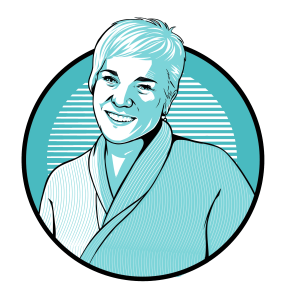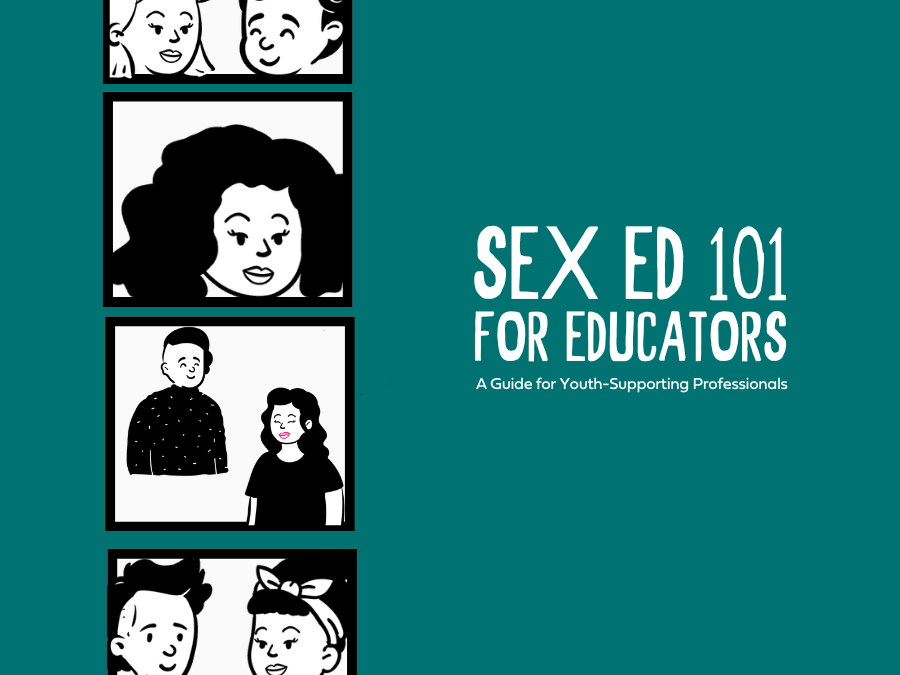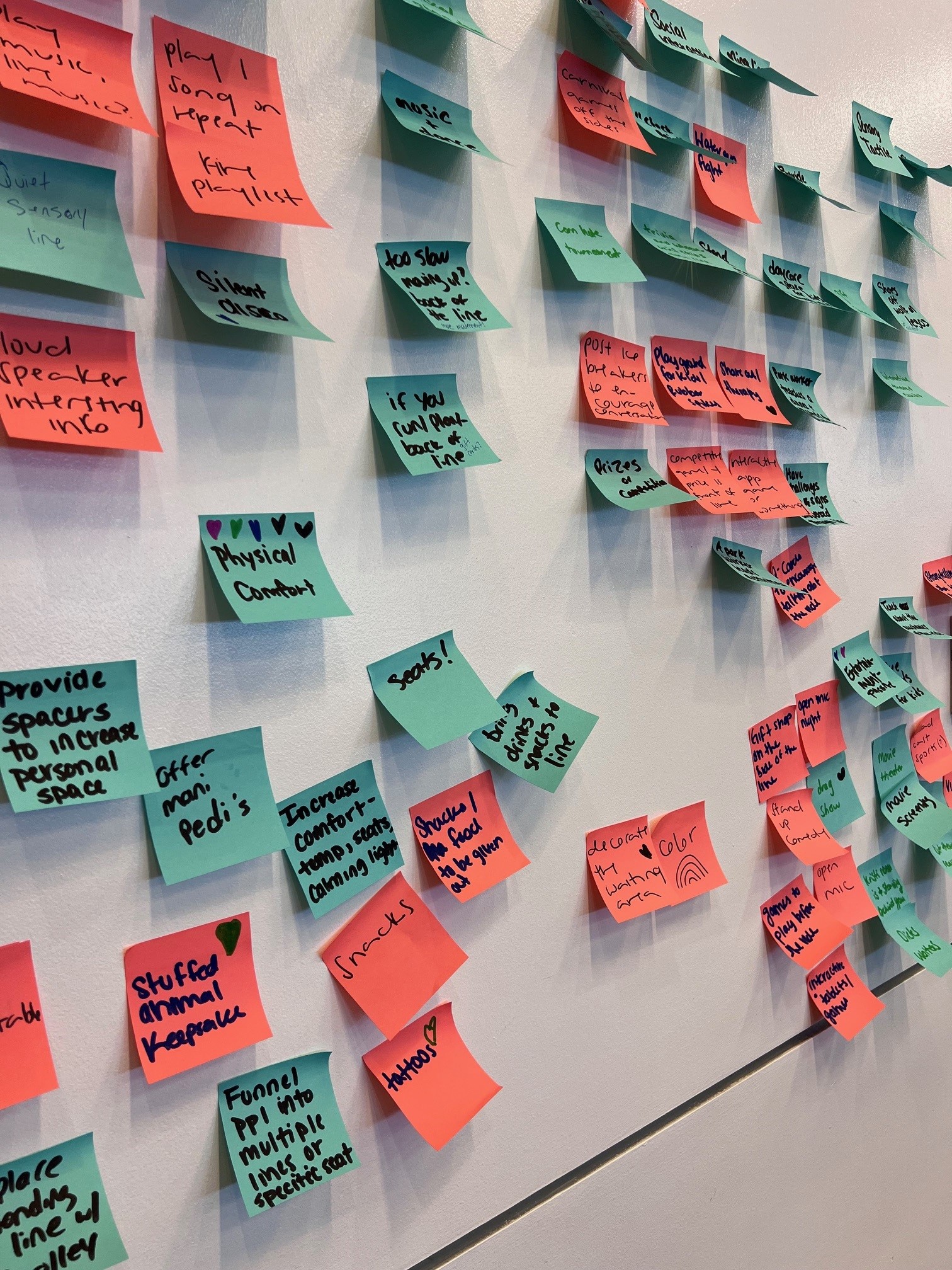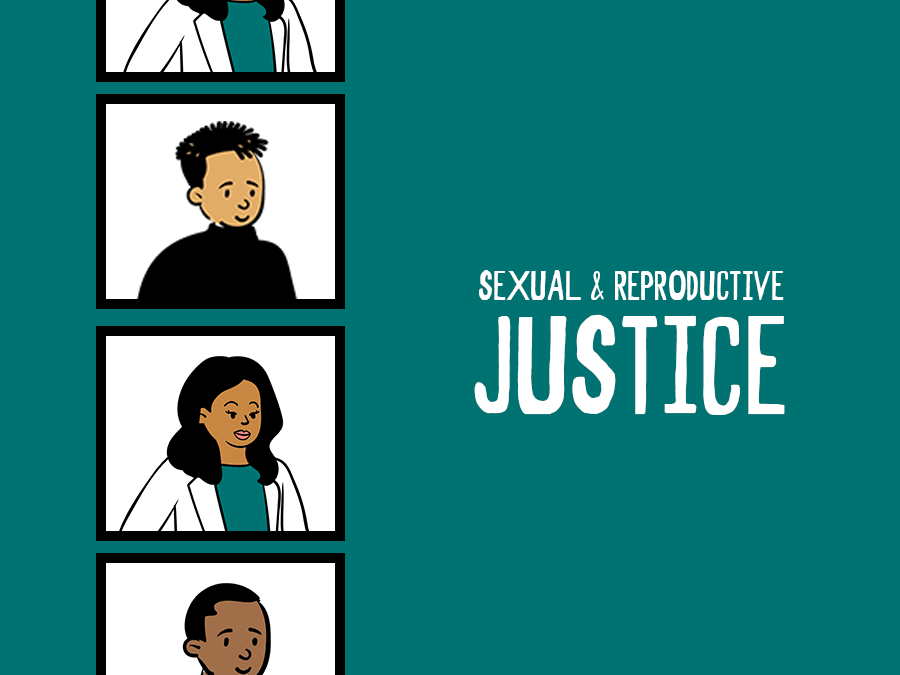
Sexual and Reproductive Justice in Clinic Settings
2024
Many clinicians are familiar with sexual and reproductive health and sexual and reproductive rights. But what do we mean by sexual and reproductive justice?
Sexual and reproductive justice (SRJ) is one of the most important frameworks through which clinics, clinic staff, and clinicians should approach their work. Yet, 30 years after it was created by Black and Brown women elders, it remains misunderstood, misused, or ignored altogether.
This course provides an overview of what sexual and reproductive justice is and how it can and should be applied to every aspect of clinic work: community engagement, outreach, intake, treatment services, follow-up, and more. Although designed to be taken in its entirety, this four-module course’s individual modules can be retaken anytime if you need a refresher.
Authors: Melissa Johnson Hewitt, MSW (she/her); Aimée Thorne-Thomsen, MPA (she/her/ella); Elizabeth Schroeder, EdD, MSW (she her).
Citation: Johnson Hewitt, M., Thorne-Thomsen, A., & Schroeder, E. (2025, January). Sexual and reproductive justice in clinic settings. [Elearning] Healthy Teen Network. www.healthyteennetwork.org/resources/sexual-reproductive-justice-clinic-settings.
Contributing Staff
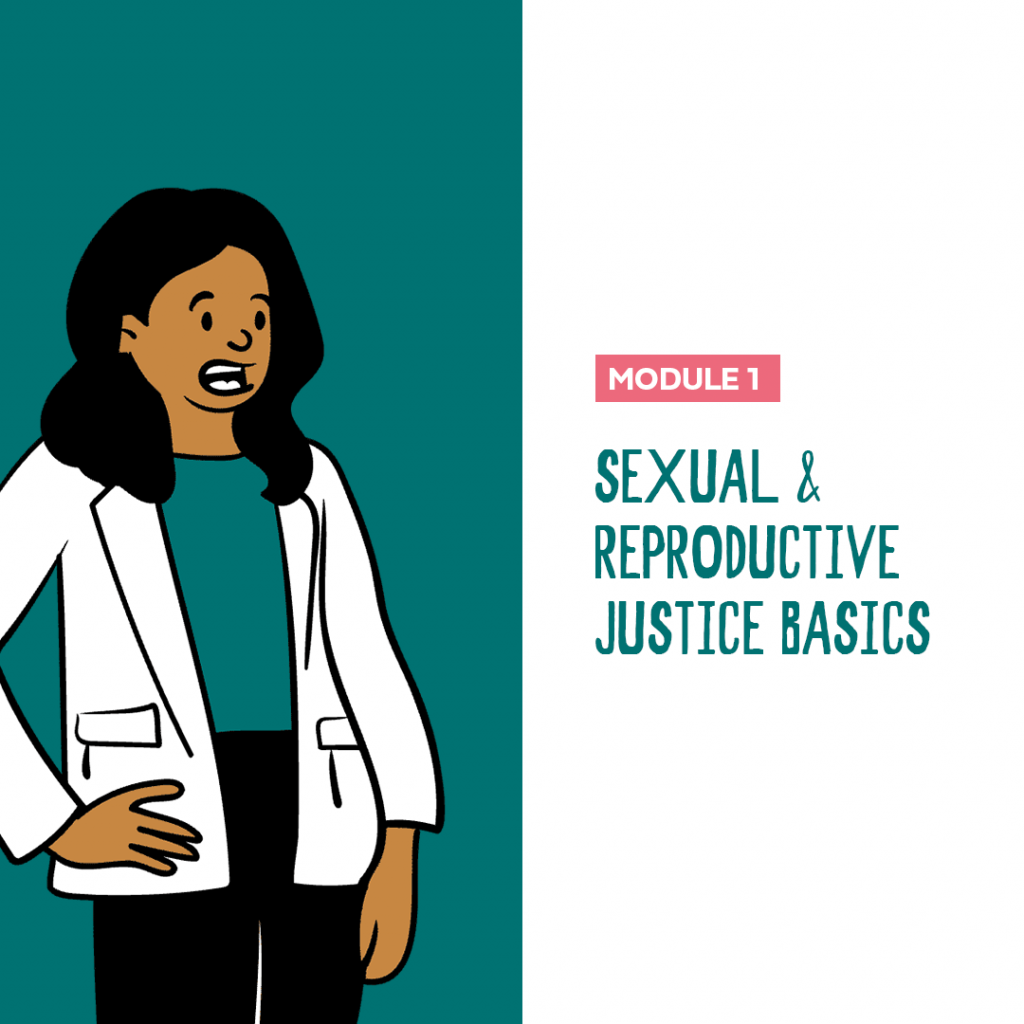
Sexual & Reproductive Justice Basics
The goal for this brief module is to increase your understanding of what sexual and reproductive justice really means, and how it applies to work in a clinic setting.
This information will set the foundation for the sessions that follow.
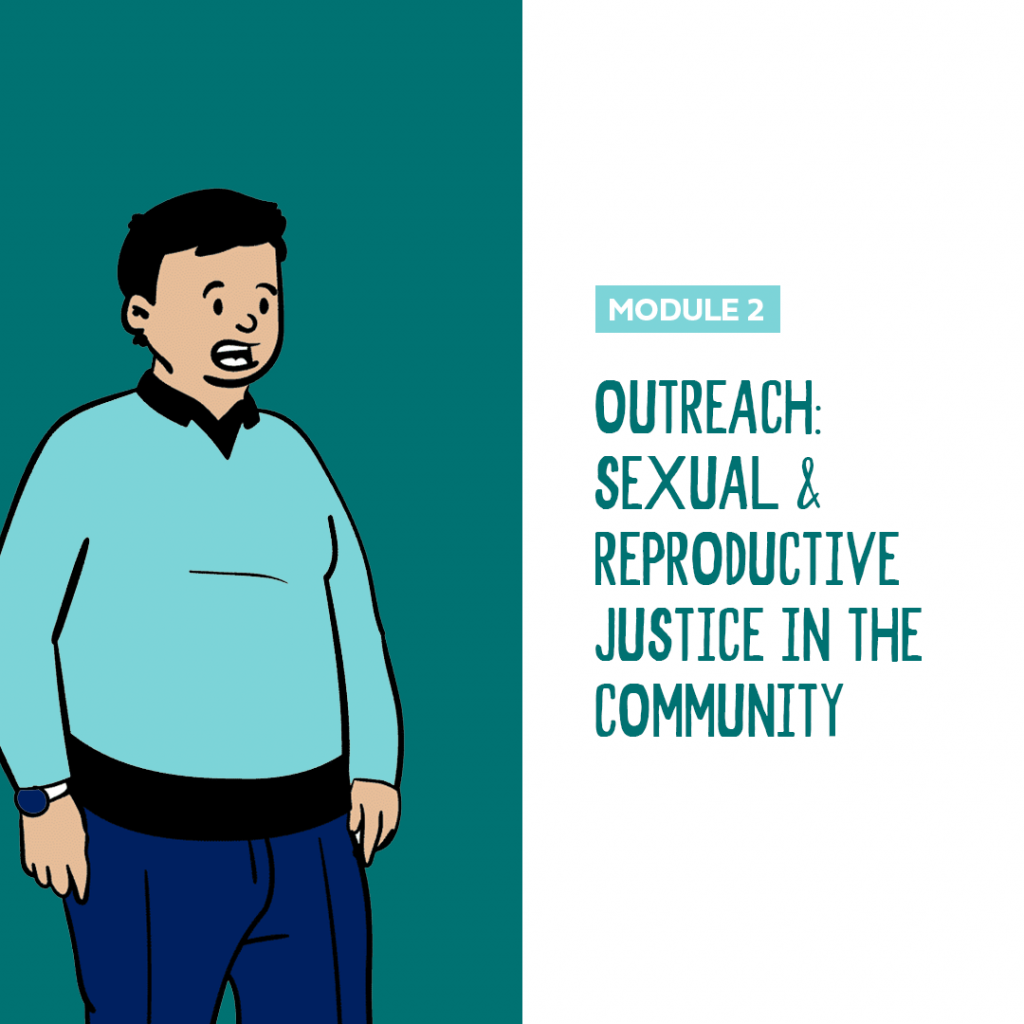
Outreach: Sexual and Reproductive Justice in the Community
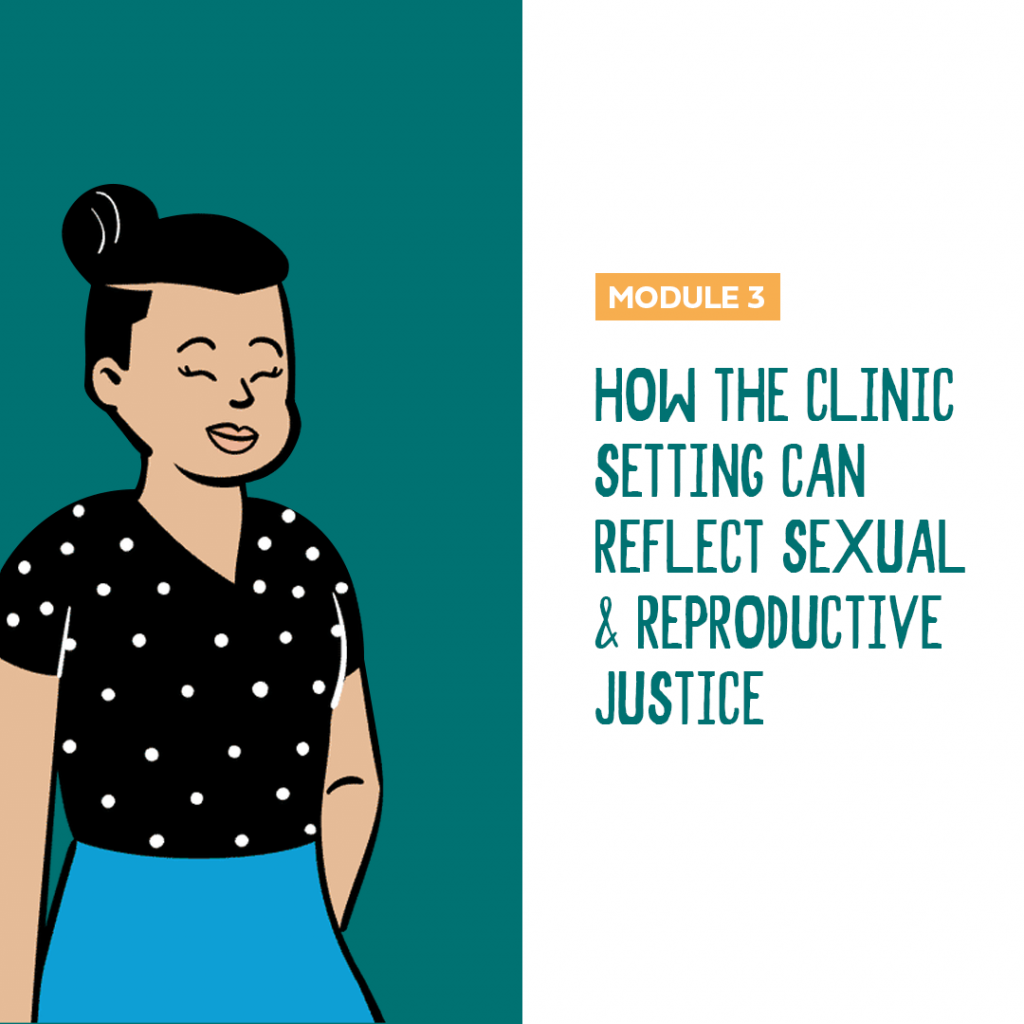
How the Clinic Setting Can Reflect Sexual and Reproductive Justice
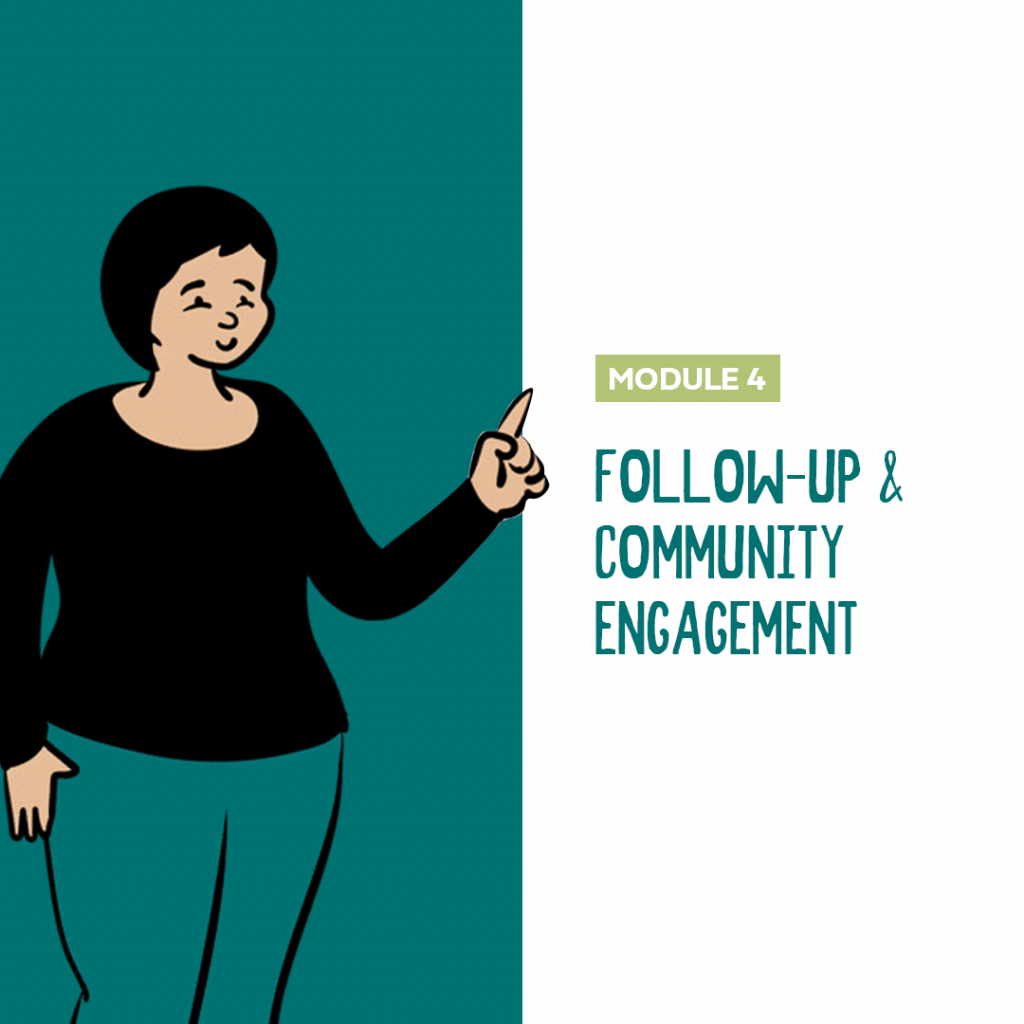
Sexual and Reproductive Justice During Follow-up and Community Engagement
This course was developed by Forward Movement Consulting and supported by Award No.1 FPRPA006075-01-00 as part of the Family Planning Service Delivery Improvement Research Grants, Innovative Strategies to Increase Equitable Access priority area, from the HHS Office of Population Affairs (HHS/OPA) and Baltimore City Health Department (BCHD). It is a product of the Baltimore City Youth Sexual and Reproductive Justice Initiative (Y-SURGE) Project. Its contents are solely the responsibility of the authors and do not necessarily represent the official views of OPA/HHS.

